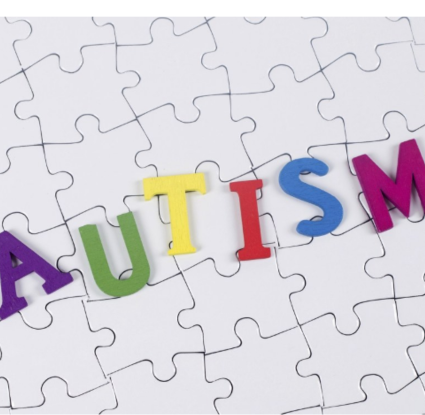ASSESSMENTS
PERSONALITY
Personality tests assess various aspects of an individual's personality, including traits, behaviors, and characteristics. These tests are used in clinical psychology, counseling, human resources, and personal development. Types of personality tests include:
- Self-Report Inventories: Individuals answer questions about themselves to reveal traits. Examples are the Myers-Briggs Type Indicator (MBTI) and the Big Five (OCEAN: Openness, Conscientiousness, Extraversion, Agreeableness, Neuroticism).
- Projective Tests: Ambiguous stimuli, like inkblots, are shown, and responses reveal personality insights, such as in the Rorschach test.
- Observational Assessments: Observers assess behavior in different situations, often in clinical settings.
- Situational Judgment Tests (SJT): Hypothetical scenarios gauge responses, often used in employment assessments.
- Trait Assessments: Focus on specific traits, like assertiveness or anxiety.
- Psychometric Tests: Ensure reliability and validity in measuring personality.
- Cultural Adaptation Tests: Adapted for specific cultural or linguistic groups.
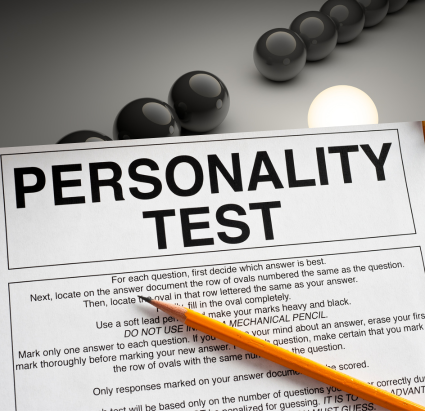
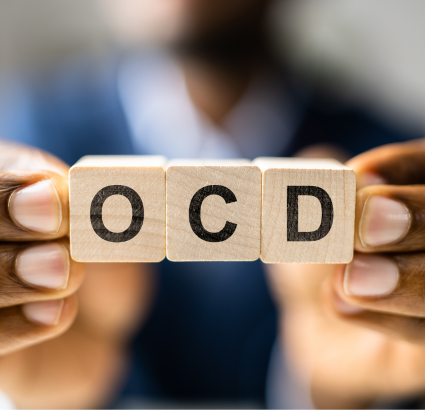
OCD
Obsessive-Compulsive Disorder (OCD) is a mental health condition characterized by persistent, intrusive, and distressing thoughts (obsessions) and repetitive behaviors or mental acts (compulsions) aimed at reducing the anxiety or discomfort caused by these obsessions. OCD can significantly impair a person's daily life, relationships, and overall well-being.
Common Obsessions may include fears of contamination, doubts about safety, or disturbing intrusive thoughts. Common Compulsions may involve excessive hand washing, checking, counting, or repeating actions to reduce anxiety.
An OCD assessment tool is a structured instrument used by mental health professionals to evaluate and diagnose OCD. These tools help clinicians understand the severity of the condition, the specific obsessions and compulsions present, and their impact on the individual's life. This scales involves structured interviews and rating scales to assess the presence and intensity of obsessions and compulsions. Assessment tools assist in making an accurate diagnosis and developing appropriate treatment plans, which may include cognitive-behavioral therapy (CBT), medication, or a combination of both. Early diagnosis and intervention are essential for individuals with OCD to manage their symptoms effectively and improve their quality of life.
IQ
IQ, which stands for Intelligence Quotient, is a numerical measure used to assess a person's cognitive abilities and intelligence. It is designed to provide a quantitative estimate of an individual's intellectual potential. IQ is often used to compare one's cognitive abilities to those of the general population.
An IQ assessment test, commonly known as an IQ test, is a standardized tool used to measure a person's IQ. These tests consist of a series of questions and tasks that assess various cognitive skills, such as logical reasoning, problem-solving, mathematical abilities, spatial awareness, and verbal comprehension. The questions on an IQ test are typically designed to be culturally neutral to minimize bias. An individual's IQ score is then determined based on their performance on the test, with higher scores indicating a higher level of cognitive ability. It's important to note that while IQ tests can provide insight into certain cognitive abilities, they do not capture the full spectrum of human intelligence or potential. They are just one tool among many used to assess cognitive functioning, and they should be interpreted alongside other measures and considerations when evaluating an individual's abilities and potential.
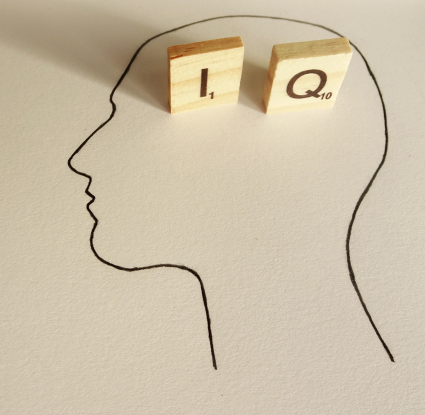

RORSCHACH
The Rorschach inkblot test, commonly known as the "Rorschach test," is a psychological assessment tool used to explore a person's thoughts, feelings, and perceptions. It involves showing individuals a series of symmetrical inkblots and asking them to describe what they see in the patterns. Psychologists and therapists use the responses to gain insights into a person's personality, emotions, and cognitive processes.
Psychological assessment tool designed to gain insights into an individual's personality, emotions, and thought processes. It uses a set of ten inkblot images and relies on the individual's responses to these images
DEPRESSION
Depression is a common mental health disorder characterized by persistent feelings of sadness, hopelessness, and a lack of interest or pleasure in activities. It can also manifest physically with symptoms like changes in appetite or sleep patterns, fatigue, and difficulty concentrating. Depression can significantly impact a person's daily life, relationships, and overall well-being.
Assessment tools for depression are instruments or questionnaires designed to help identify and evaluate the presence and severity of depressive symptoms. They are typically used as part of a broader assessment conducted by mental health professionals to evaluate the presence and severity of depression. If someone scores high on one of these assessments, it may indicate a need for further evaluation and treatment by a qualified mental health provider. Depression is a treatable condition, and seeking help is an important step toward recovery.
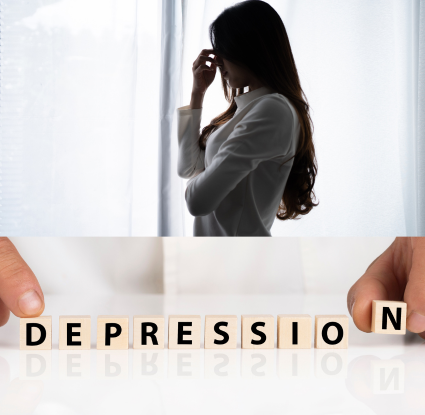
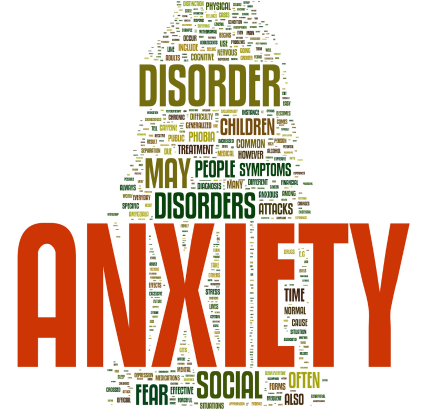
ANXIETY
Anxiety is a common mental health condition characterized by excessive worry, fear, and apprehension. It can manifest in various forms, such as generalized anxiety disorder (GAD), panic disorder, social anxiety disorder, or specific phobias. Anxiety often includes physical symptoms like increased heart rate, sweating, trembling, and restlessness. It can significantly impact a person's daily life, relationships, and overall well-being.
Assessment tools for anxiety are instruments or questionnaires designed to identify and evaluate the presence and severity of anxiety symptoms. These assessment tools are valuable for screening and assessing anxiety symptoms. However, a diagnosis of an anxiety disorder should be made by a qualified mental health professional after a thorough evaluation. Anxiety is a treatable condition, and individuals experiencing significant anxiety should seek help from a mental health provider for appropriate treatment and support.
BIPOLAR
Bipolar disorder, formerly known as manic-depressive illness, is a mental health condition characterized by extreme mood swings or episodes. These episodes include periods of intense, elevated mood known as mania and periods of deep depression. There are several types of bipolar disorder, including:
1. Bipolar I Disorder: In this type, individuals experience at least one manic episode, which may be followed by hypomanic or depressive episodes.
2. Bipolar II Disorder: Individuals with bipolar II experience at least one major depressive episode and at least one hypomanic episode but not a full manic episode.
3. Cyclothymic Disorder: This is a milder form of bipolar disorder characterized by recurrent episodes of hypomania and depressive symptoms that don't meet the criteria for major depressive disorder.
Assessment tools for bipolar disorder are used by mental health professionals to diagnose and assess the severity of the condition. Diagnosing bipolar disorder can be complex, and assessment tools are often used in combination with clinical interviews and observations by mental health professionals. Accurate diagnosis is crucial for determining the most appropriate treatment plan, which may include medications, psychotherapy, and lifestyle interventions to manage the condition effectively. If you suspect you or someone you know has bipolar disorder, it's essential to seek help from a qualified mental health provider for a proper evaluation and treatment.
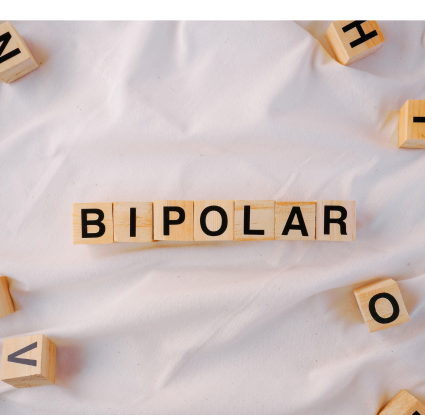
PORN ADDICTION
Porn Addiction Test (Self-Evaluation)
The Porn Addiction Test (Self-Evaluation) is a psychological assessment tool designed to help individuals reflect on their patterns of pornography use and determine whether it may have developed into a compulsive or addictive behavior. It is often used in counseling, therapy, and self-help programs to identify problematic use that can affect mental health, relationships, and overall quality of life.
This test typically includes a series of structured questions that explore various dimensions of pornography use, such as:
- Compulsive Use: Difficulty controlling or stopping pornography consumption, even when intending to cut back.
- Frequency and Escalation: Increasing time spent viewing pornography or seeking more extreme content to achieve the same level of satisfaction.
- Neglect of Responsibilities: Ignoring work, studies, or personal duties due to excessive pornography use.
- Relationship Impact: Strained intimacy, reduced interest in a partner, or secrecy around viewing habits.
- Emotional and Psychological Effects: Feelings of guilt, shame, anxiety, or depression related to pornography consumption.
- Loss of Control: Repeated failed attempts to reduce or quit, despite recognizing negative consequences.
The results of this self-test are not a clinical diagnosis, but they provide valuable insight into whether pornography use is interfering with daily functioning, emotional well-being, or relationships. Understanding these patterns can guide individuals toward healthier habits, open conversations with partners, or professional support through therapy and behavioral interventions.
Smartphone Compulsion Addiction Test for Parents
The Smartphone Compulsion Addiction Test for Parents is a standardized tool designed to help evaluate the extent of problematic or compulsive smartphone use in children and adolescents. This assessment is typically used by parents, healthcare professionals, or psychologists to identify patterns of excessive smartphone dependency that may interfere with daily activities, academic performance, sleep, social interactions, and overall mental well-being.
The tool usually consists of structured questions and rating scales that measure behaviors such as constant checking of the phone, anxiety when not using it, neglect of responsibilities, and difficulty controlling screen time. The results provide insights into the severity of smartphone overuse, helping parents and clinicians understand its impact on the child’s life. Based on these findings, tailored strategies such as digital detox plans, behavioral interventions, counseling, or structured screen-time management programs can be recommended.
This test supports early identification and intervention, promoting healthier digital habits and improving the child’s balance between technology use and everyday life.

POST PARTUM
The Postpartum Depression Test (Self-Evaluation) is a screening tool designed to help new mothers reflect on their emotional and psychological well-being after childbirth. Postpartum depression (PPD) is a mood disorder that can affect mothers during the weeks or months following delivery, often caused by a combination of hormonal changes, physical recovery, emotional stress, and lifestyle adjustments.
This test typically consists of structured questions that measure symptoms such as:
- Mood Changes: Persistent sadness, irritability, or frequent crying spells.
- Loss of Interest: Reduced enjoyment in activities or difficulty bonding with the baby.
- Energy and Motivation: Fatigue, lack of energy, or difficulty completing daily tasks.
- Sleep and Appetite Changes: Disrupted sleep (not related to baby care) or appetite disturbances.
- Thoughts and Emotions: Feelings of guilt, worthlessness, or being overwhelmed.
- Anxiety and Worry: Excessive concern about the baby’s health or personal ability to cope.
The results of this test are not a medical diagnosis, but they can serve as an early warning sign. Identifying postpartum depression early allows mothers and families to seek appropriate support through counseling, therapy, medical care, and community resources.
SMARTPHONE ADDICTION SELF
The Smartphone Addiction Test (Self-Evaluation) is a standardized assessment tool designed to help individuals reflect on their own smartphone usage and identify whether their habits may be excessive or problematic. It is widely used in psychology, behavioral research, and digital well-being programs to measure the degree of smartphone dependence.
This test typically consists of a set of structured questions that explore different aspects of smartphone use, such as:
- Compulsion and Craving: The urge to check the phone frequently, even without notifications.
- Loss of Control: Difficulty limiting screen time despite the intention to cut back.
- Neglect of Responsibilities: Impact on work, studies, or household tasks due to excessive phone use.
- Social Impact: Preference for virtual interactions over face-to-face communication, or conflict with family and friends caused by overuse.
- Emotional Dependence: Feelings of anxiety, restlessness, or irritability when the phone is not accessible.
- Health and Lifestyle Effects: Disrupted sleep, reduced focus, or sedentary behavior linked to constant smartphone engagement.
The results of this self-test are not a clinical diagnosis but serve as an indicator of whether smartphone use may be interfering with daily life, health, or relationships. By identifying these patterns, individuals can take proactive steps to manage their digital habits, such as setting boundaries, practicing mindful usage, or seeking professional support if needed.
SUBSTANCE ADDICTION SELF
Substance use can refer to the consumption of a wide variety of substances that can potentially lead to misuse or addiction. The substances typically included under the umbrella of substance use include:
1. Alcohol:
- Beer, wine, spirits, and other alcoholic beverages.
2. Tobacco/Nicotine:
- Cigarettes, cigars, smokeless tobacco, Hans, cool-lip, vaping, e-cigarettes.
3. Cannabis Marijuana:
- Smoked, vaped, eaten edibles, or used in other forms.
4. Illicit Drugs:
- Cocaine: Stimulant often snorted, smoked, or injected.
- Heroin: Opioid often injected, smoked, or snorted.
- Methamphetamine Meth: Stimulant often smoked, snorted, or injected.
- MDMA Ecstasy/Molly: Psychoactive drug usually taken in pill form.
- LSD and other Hallucinogens: Drugs that cause altered perceptions, taken orally or in other forms.
5. Inhalants:
- Substances like glue, paint thinners, gasoline, and nitrous oxide that are inhaled for their psychoactive effects.
6. Other Substances:
- Anabolic Steroids: Used for muscle building but can be abused.
- Over-the-Counter Medications / Prescribed medication: Drugs like cough syrup containing dextromethorphan and cold medications that can be misused. Other medications when take more than what is prescribed.
- Synthetic Drugs: Substances like synthetic cannabinoids K2, Spice and synthetic cathinones "bath salts".
Misuse or addiction typically involves patterns of behavior where the substance use starts to cause harm or dysfunction in daily life, including physical health, mental health, relationships, work, or legal issues
.Importance of Being Genuine in Rating Scale Assessments
When completing a rating scale for assessment, it is crucial to be as honest and genuine as possible in marking your responses. These scales are designed to capture your true feelings, thoughts, and experiences. Any deviation from your actual experiences may result in an inaccurate representation of your situation, which could hinder the effectiveness of the assessment and the subsequent recommendations or treatment. By being sincere in your responses, you ensure that the results accurately reflect your current state, allowing for a more precise understanding and approach to addressing your concerns.
SUBSTANCE ADDICTION PARENT
The Substance Addiction Test for Parents is a structured assessment tool designed to help parents or guardians evaluate whether their child or adolescent may be struggling with problematic or addictive use of substances such as alcohol, drugs, or other harmful substances. It provides an early warning system by identifying patterns of risky behavior, dependency, or emotional and physical consequences that the child may not recognize themselves.
This test typically covers areas such as:
- Frequency of Use: How often the child engages in substance use.
- Loss of Control: Difficulty stopping or limiting use despite negative outcomes.
- Behavioral Changes: Sudden shifts in mood, secrecy, or withdrawal from family and social activities.
- Academic or Work Impact: Decline in performance, missed responsibilities, or lack of motivation.
- Physical and Health Symptoms: Noticeable changes in sleep, appetite, or overall well-being.
- Social and Relationship Issues: Conflicts, isolation, or new peer groups associated with risky behaviors.
- Emotional Effects: Signs of anxiety, depression, irritability, or denial when questioned about substance use.
The results are not a clinical diagnosis, but they provide parents with valuable insights into potential substance misuse. This can guide families toward early intervention, professional counseling, medical support, or structured treatment plans if necessary.
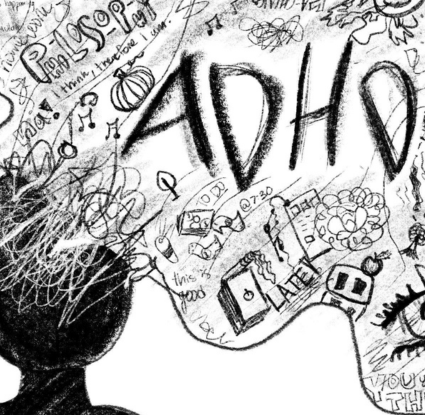
ADHD
ADHD stands for Attention-Deficit/Hyperactivity Disorder. It is a neurodevelopmental disorder that affects both children and adults. ADHD is characterized by a persistent pattern of inattention, hyperactivity, and impulsivity that can interfere with daily functioning and quality of life.
An ADHD assessment tool is a standardized instrument used by healthcare professionals, psychologists, or psychiatrists to evaluate and diagnose Attention-Deficit/Hyperactivity Disorder (ADHD) in individuals. These tools typically involve a series of questions, observations, and sometimes cognitive tests to assess the presence and severity of ADHD symptoms, including inattention, hyperactivity, and impulsivity. The results help clinicians make an accurate diagnosis and develop appropriate treatment plans, which may include medication, therapy, or behavioral interventions. These tools aid in understanding the individual's specific ADHD-related challenges and guide the development of tailored interventions for better management of the condition.
AUTISM
Autism, also known as Autism Spectrum Disorder (ASD), is a neurodevelopmental condition that affects an individual's social interaction, communication skills, and behavior. It is characterized by a wide range of symptoms and severity levels, which is why it's referred to as a "spectrum."
Assessment tools for autism are used to diagnose and evaluate individuals suspected of having autism. Assessment tools for autism are crucial for early diagnosis and intervention, allowing individuals with autism to receive appropriate support and therapy to improve their quality of life. It's important to note that these assessments should be conducted by trained professionals to ensure accuracy and reliability.
